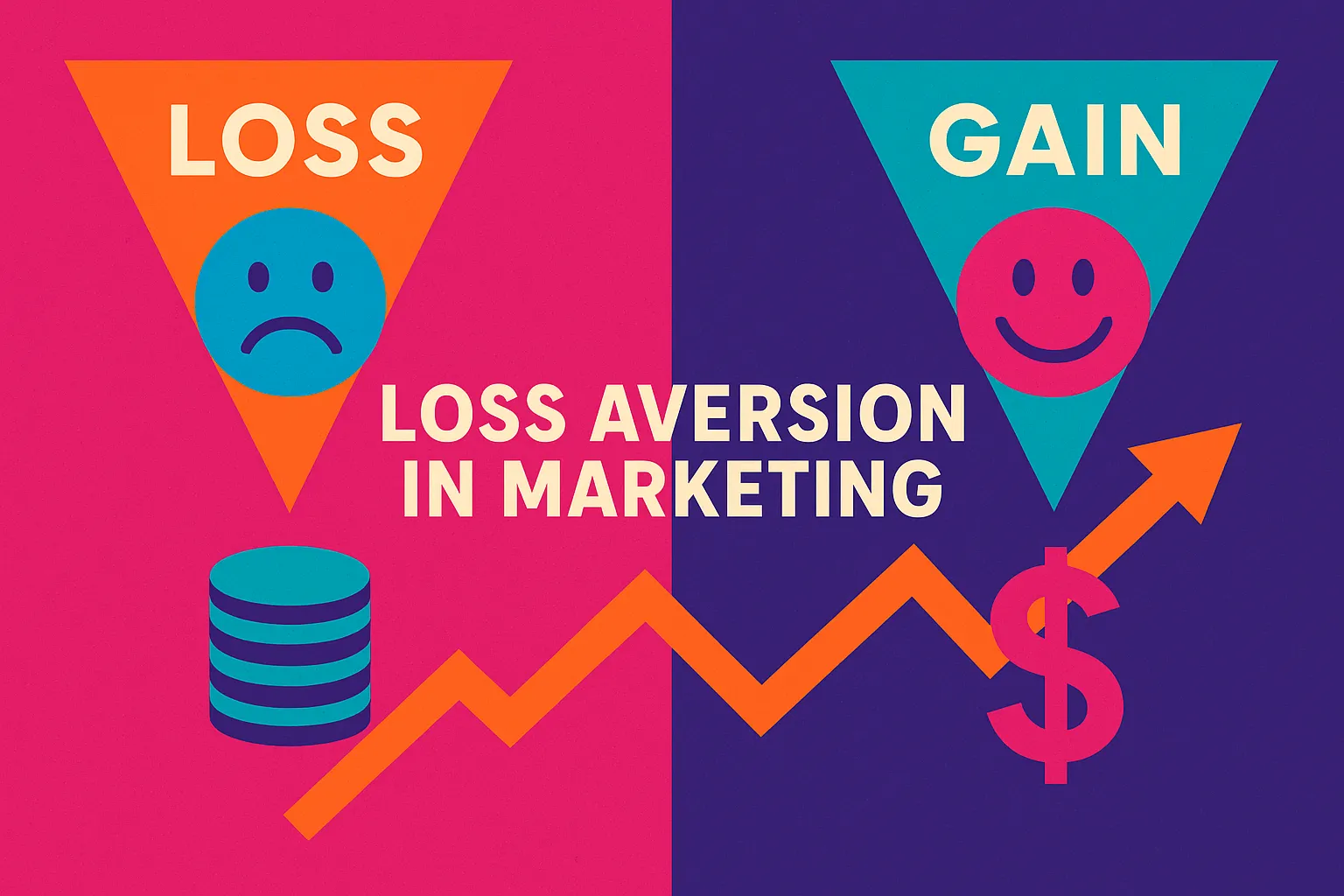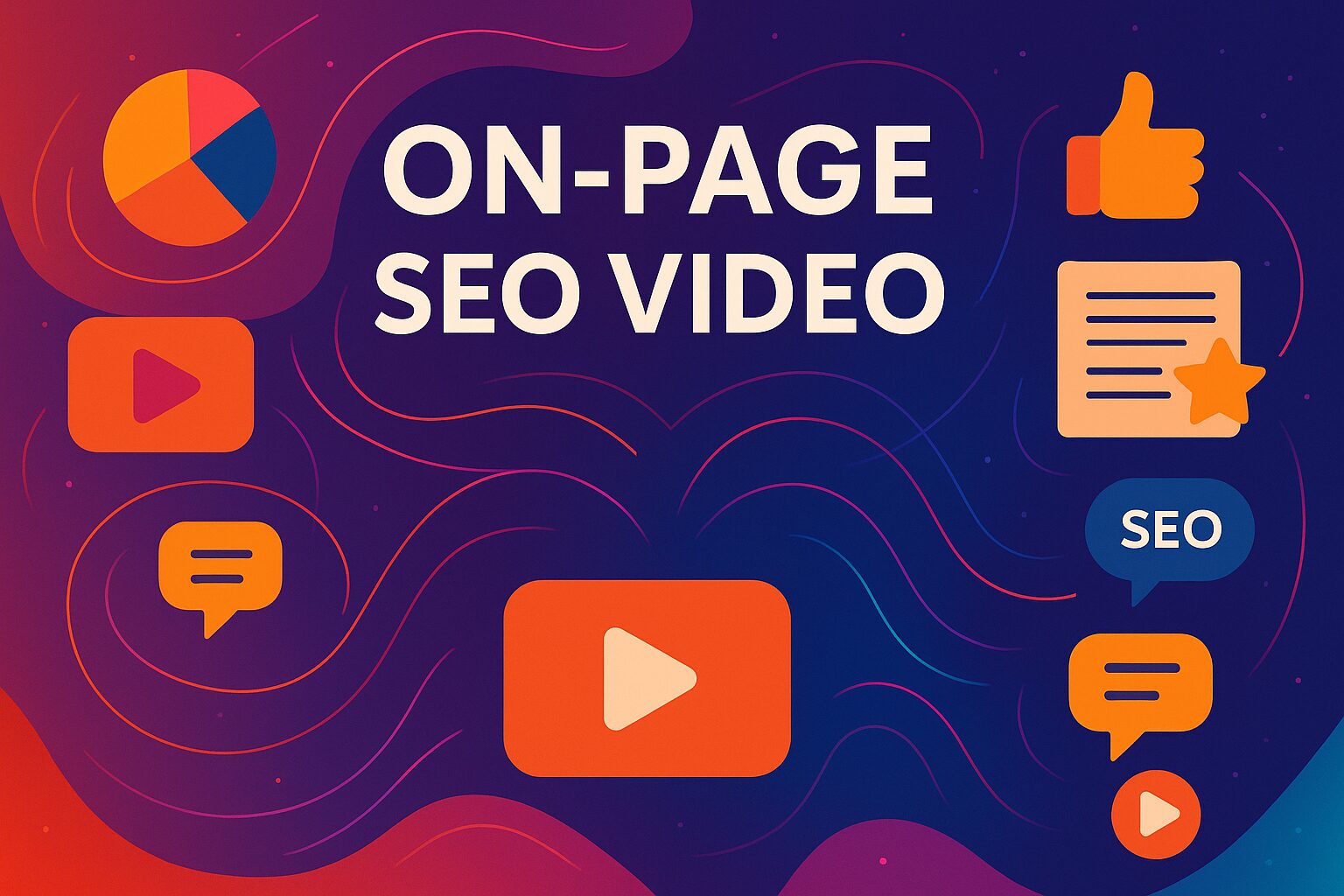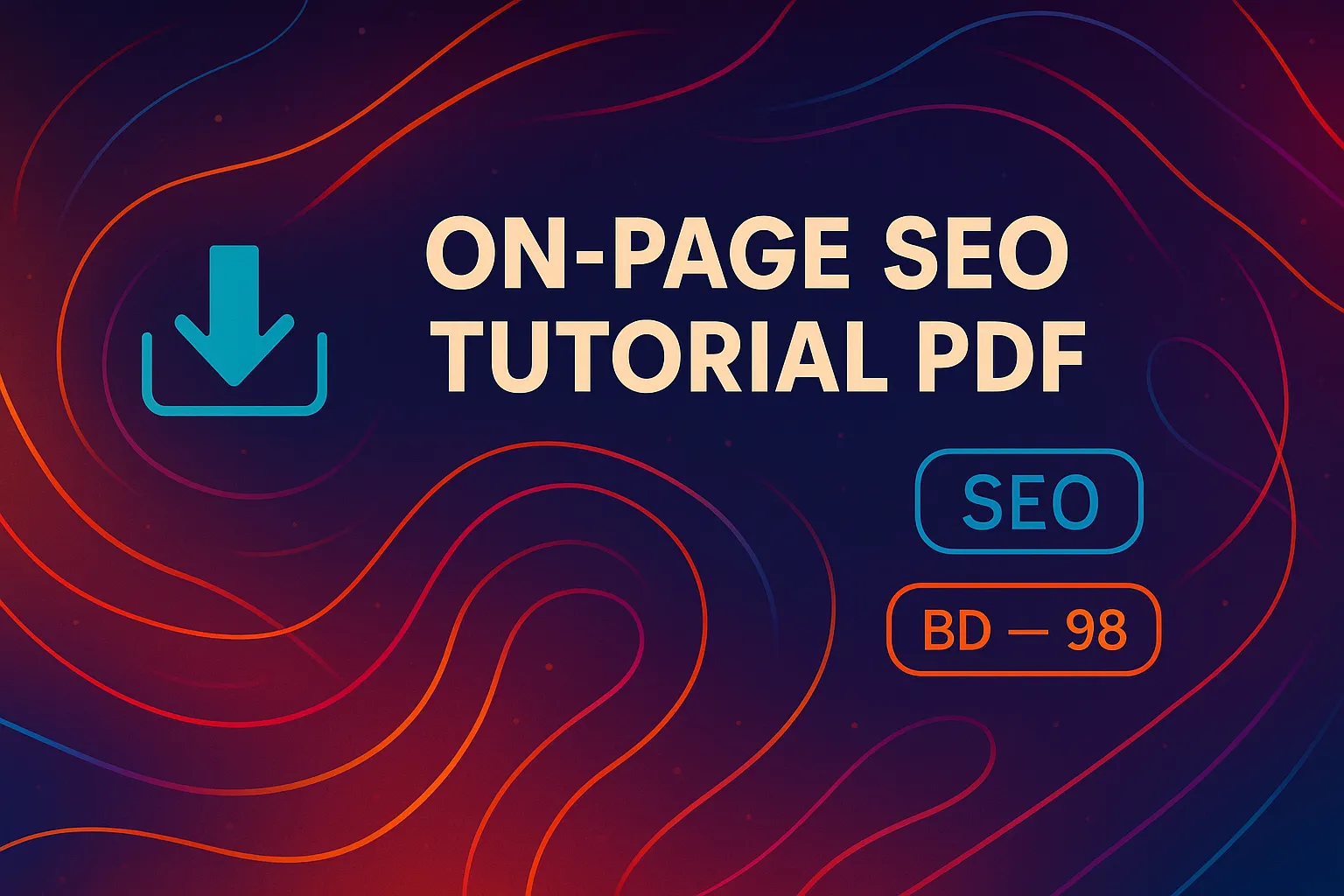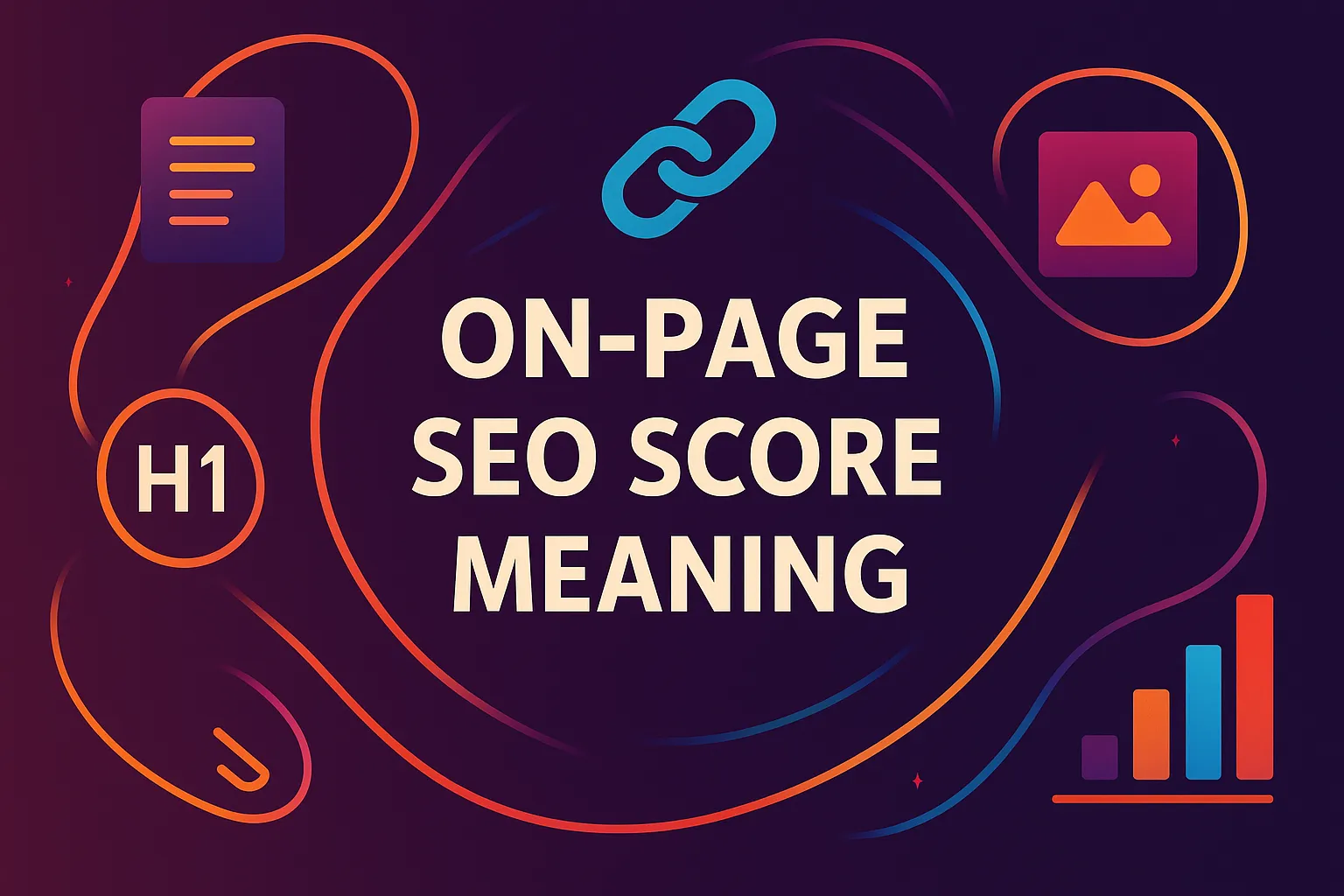What Is “on page SEO video tutorial”?
The term on page SEO video tutorial refers to a video-based guide that walks you through the step-by-step process of optimizing individual pages on your website so they rank better in search engines like Google. On-page SEO includes everything you can do on a single page to make it more visible, such as improving your title tags, headers, internal links, image alt text, and keyword usage.
TL;DR Summary
- Learn what on-page SEO is and why it matters for ranking.
- Follow a detailed, beginner-friendly on page SEO video tutorial.
- Use the right tools to analyze and improve your site.
- Get platform-specific tips for WordPress, Shopify, and custom websites.
- Understand how quickly you can see results from your efforts.
- Avoid common SEO mistakes with our expert guidance.
- Access our full video tutorial and downloadable resources to get started today.
Why On-Page SEO Still Rules the Rankings
At Vibe Branding, we’ve spent over a decade helping businesses grow online by mastering SEO strategies that actually move the needle. I’ve personally overseen countless campaigns, and one of the most powerful tools we’ve created recently is our on page SEO video tutorial.
This tutorial was born out of frustration—frustration with outdated blog posts, confusing jargon, and SEO advice that assumes you’re already a pro. I knew there had to be a better way to teach SEO. So, we filmed it.
Search engines like Google want to provide users with the best answers. If your content is solid but your pages are unstructured or missing basic SEO elements, Google might skip you in favor of a more optimized site.
On-page SEO helps your content speak clearly to both people and search engines. It tells Google: “Hey, this is what my page is about, and it’s the best option for this keyword.”

What the Tutorial Covers (And Why It Works)
When we created our on page SEO video tutorial, we broke the process into simple, doable parts. The video is divided into chapters, letting you jump straight to the part you need: whether it’s learning how to write better title tags, fixing your meta descriptions, or understanding how internal links actually work.
You’ll follow along as I guide you through nine core steps of on-page SEO. We start with understanding your keyword intent and move all the way through creating helpful content, formatting it properly, and ensuring it loads quickly.
You get to see real tools in action—no fluff, no theory. Just a real website and the actual steps we take to optimize it. For example, we show you exactly where to place keywords.
Not just in the headline, but in your H2s, your opening paragraph, image alt attributes, and your page URL. You’ll see why Google prefers a structured approach and how following these rules can make or break your visibility.
The Tools You’ll See in Action
One of the questions I hear all the time is, “What tools should I be using to help me with on-page SEO?” So we included them in the video.
Throughout the tutorial, you’ll watch as I use Rank Math, Yoast SEO, Semrush’s On Page SEO Checker, and free tools like Google Search Console. Each tool has its strengths.
Rank Math gives real-time SEO suggestions while you edit your content. Semrush’s checker analyzes your competitors and shows you how to close the gap.
And Search Console? That’s where the real data lives—it tells you how your pages are performing, which keywords they’re ranking for, and where you need to double down.
Whether you’re using WordPress, Shopify, or a custom-built site, these strategies still apply. On-page SEO doesn’t discriminate—it’s universal.
How to Apply This Across Platforms
In the on page SEO video tutorial, I walk through what implementation looks like on different platforms. If you’re using Shopify, I’ll show you how to update your product page SEO.
For WordPress users, we use plugins like Rank Math and Yoast. If you’re running a custom-built site, we cover how to manually update meta tags and header structure with browser tools or CMS access.
The point is—you don’t need to be a developer. Every step is visual and simple to follow.
Our video is designed so you can pause, follow along, and implement each step directly on your own website.
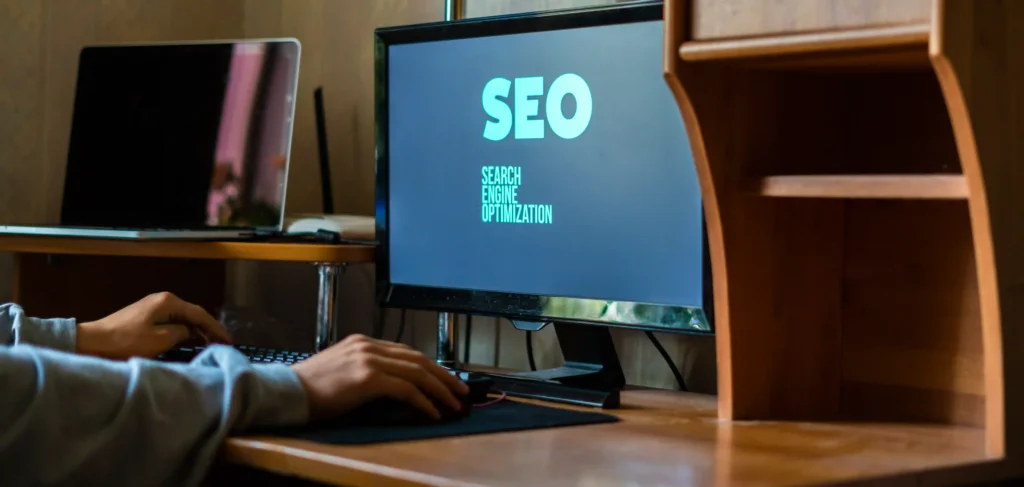
When Do You Start Seeing Results?
Most people start seeing early signs of improvement in just a few weeks. One client updated all their meta descriptions and headers using our tutorial and saw their click-through rate jump by 24% within the first two weeks.
That’s the power of getting the basics right. We show you how to track your performance in Google Search Console, comparing before and after data.
You’ll monitor impressions, clicks, and positions to see what’s working. In fact, we’ve included a downloadable progress tracker in our resource kit to help you log results.
Here’s a sample view of what early gains might look like:
Metric | Before Optimization | After 30 Days |
Avg. Keyword Position | 41 | 17 |
Organic Impressions | 1,200 | 4,300 |
Click-Through Rate (CTR) | 1.2% | 3.8% |
Indexed Pages | 62 | 79 |
Avoiding Costly Mistakes
One of the big pitfalls I warn about in the video is doing too much too fast. It’s easy to over-optimize and start keyword stuffing, which not only turns readers away but can hurt your ranking.
We teach you the balance between good optimization and spammy tactics. Another common mistake: using the same video or meta content on multiple pages.
That creates confusion for search engines and waters down your efforts. Our video shows you how to keep every page unique and focused, so you’re not competing with yourself.
We also dig into accessibility. Google rewards pages that are accessible to all users.
That means clear captions, well-structured content, and good contrast. It’s all part of SEO—and all covered in our video.
How to Boost Visibility with Structured Data
Another advanced topic we tackle in the tutorial is structured data. Using Schema.org’s VideoObject markup, we give Google more context about your video—like duration, thumbnail, and upload date.
This increases your chances of showing up as a rich result. We even show you how to create a video XML sitemap if you’re self-hosting your videos.
This makes sure Google can crawl and index them properly. You’ll see exactly how to submit the sitemap and verify indexing in Google Search Console.

How to Make Your Video Stand Out on the Page
Design matters more than most people think. A poorly placed or ugly video thumbnail can sink engagement.
We show you how to make your video span full-width, appear above the fold, and grab attention without overwhelming the page. In fact, we recommend avoiding multiple videos on one content page.
Google typically indexes the first one it finds—so make it count. Whether it’s a product demo or explainer, your video should serve a clear purpose.
We also share thumbnail design tips. Bright colors, legible text, and high-quality images go a long way.
A custom thumbnail beats a random still every time.
How to Repurpose Your Video for Maximum SEO Impact
Start with the transcript. A full transcription of your video gives you keyword-rich, crawlable content that boosts the authority of the page.
You can format this transcript into a blog-style post below your video. It gives Google more content to rank and helps visitors who prefer reading over watching.
Next, break your video into shorter clips. These can become standalone tips for social media or supporting media for other articles.
A 10-minute video can turn into 5-7 shorter segments. Embed the video on relevant pages across your website.
Let each version serve a different intent. On your services page, the video might focus on your process.
On a blog post, it could be a how-to demo. And don’t forget to update your schema markup for each instance.
Every time you repurpose a video or upload it to a new page, ensure that structured data is customized to that version. That includes a unique description, thumbnail, and page title.
Why Beginners and Pros Alike Use This Tutorial
We designed this so someone with no prior SEO knowledge could follow along and get results. But we’ve had developers, agencies, and marketers tell us they learned things they hadn’t seen laid out this clearly before.
We emphasize experimentation. SEO isn’t a fixed formula.
What works for one industry might not for another. So we guide you to test, observe, and refine based on your analytics and audience behavior.

Built on a Decade of Real-World Experience
Here at Vibe Branding, we’ve been in the game for over 10 years. We’ve ranked small business sites, SaaS startups, eCommerce stores, and multi-location franchises.
That experience has taught us one key thing: if your on-page SEO isn’t solid, nothing else matters. You can buy ads.
You can build backlinks. But if your content isn’t clearly telling Google what it’s about, you’re not going to scale organically.
This is why we’ve made on-page SEO the cornerstone of our own marketing strategy—and why we’ve built out this tutorial to help others do the same. The on page SEO video tutorial is a reflection of how we train our own team.
Every new content specialist at Vibe goes through the same steps you’re seeing in the video. It’s not fluff—it’s what works.
And because SEO is always evolving, we regularly update this tutorial to reflect the latest Google algorithm changes, SERP trends, and platform updates. When we say it’s battle-tested, we mean it.
A Final Push to Get You Started
If you’ve made it this far, you’re clearly serious about improving your SEO. So here’s my challenge to you: block out 45 minutes today and watch the full on page SEO video tutorial.
That’s it. Just sit down, follow along, and take notes.
Even if you only apply the first three techniques, you’ll be ahead of 80% of websites out there. Then, download the checklist and tracking sheet.
These resources were built to make implementation easier. You’ll know what to do, in what order, and how to measure success.
That’s how momentum builds. Finally, commit to applying these updates to one page today.
Just one. Your homepage, a top-performing blog post, or your about page.
Start where you’ll see impact, and then work your way across the site. SEO doesn’t have to be overwhelming.
It can be empowering. Especially when you have the right tools, the right guidance, and a clear path to results.


